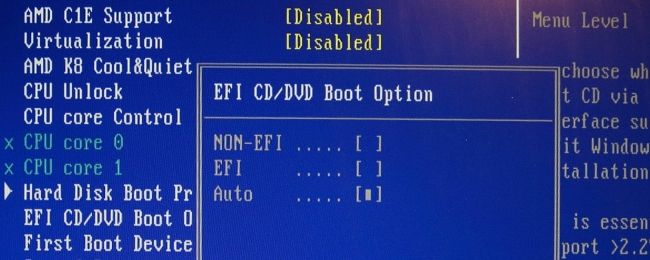When you reach the point where you are learning how to configure your computer's start-up settings, you may find yourself confused about BIOS and CMOS. Which one are you actually accessing to alter those settings? Today's SuperUser Q&A post has the answer to a curious reader's question.
Today’s Question & Answer session comes to us courtesy of SuperUser—a subdivision of Stack Exchange, a community-driven grouping of Q&A web sites.
Photo courtesy of gynti_46 (Flickr).
The Question
SuperUser reader Space Ghost wants to know if he is accessing BIOS or CMOS during start-up:
For the longest time I have assumed I was entering the BIOS setup and that CMOS is a chip that holds the BIOS settings I set/choose in its memory.
I recently read somewhere that when I am configuring boot order, etc. that it is actually the CMOS setup. I am a little bit confused now, could someone explain this to me?
Is Space Ghost accessing BIOS or CMOS during start-up?
The Answer
SuperUser contributor Frank Thomas has the answer for us:
Both. CMOS stores BIOS configuration information. When you enter setup, you are running the BIOS's configuration program, which loads the settings defined in CMOS. You are "setting up" the CMOS by providing configuration information the BIOS will use as it runs.
The BIOS is a program written as firmware onto a ROM so that it cannot be written to (except by an all-or-nothing flash operation, which is dangerous, so not an everyday operation). The BIOS ROM stores its configuration information on the CMOS when you hit F10. That is why clearing the CMOS restores your BIOS settings to default and does not delete the BIOS itself, leaving you with an expensive paperweight.
For example, the BIOS has a subroutine that will load the operating system per the boot order. The boot order information, however, (i.e. use first CD-ROM as first device) is stored in the CMOS. If you clear the CMOS, the BIOS will use a default, usually the first disk on the first disk controller that is populated.
Have something to add to the explanation? Sound off in the comments. Want to read more answers from other tech-savvy Stack Exchange users? Check out the full discussion thread here.

